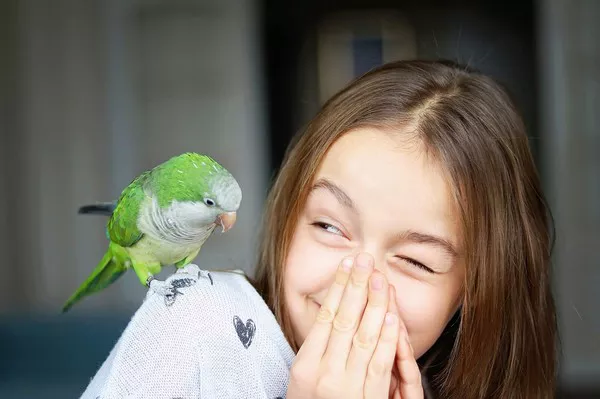Siamese cats are a breed known for their stunning appearance and captivating personality. One of the most intriguing and distinctive characteristics of Siamese cats is their coloration, which is characterized by darker points on their ears, face, paws, and tail. This phenomenon, known as “point coloration,” has puzzled and fascinated cat enthusiasts for generations. In this article, we dive deep into the genetic and physiological factors that contribute to why Siamese cats change color, exploring the history, genetics, temperature sensitivity, and intricacies of this unique coat pattern.
The Enigmatic Point Coloration
Siamese cats possess a coat pattern that is unique among feline breeds. The points, or darker areas of their coat, stand out in contrast to the lighter color of their bodies. These points are most prominent on their ears, face, paws, and tail. The striking appearance of Siamese cats is closely tied to their genetic makeup and the interaction between temperature-sensitive genes.
Historical Origins
The origins of the Siamese cat breed trace back to the ancient kingdom of Siam (now Thailand), where they were revered and considered sacred companions. These cats were known for their distinctive coat pattern and captivating appearance. Siamese cats made their way to the Western world in the 19th century, garnering attention and admiration for their unique coloration.
Temperature-Sensitive Gene Expression
The point coloration of Siamese cats is a result of a temperature-sensitive gene known as the “Himalayan gene.” This gene controls the production of pigment in the fur, particularly in response to temperature variations. The key to understanding why Siamese cats change color lies in the interaction between this gene and the cat’s body temperature.
Temperature and Pigment Production
The Himalayan gene is inactive at normal body temperatures. However, in cooler areas of the body, such as the extremities, the gene becomes active and produces the darker pigment that characterizes the points. This is why Siamese cats have darker coloration on their ears, face, paws, and tail, as these areas are cooler than the rest of their body.
Birth Appearance and Development
Interestingly, Siamese kittens are born with a nearly uniform cream or white coat. As they grow and their body temperature stabilizes, the darker points gradually become visible. This gradual development of the point coloration is a result of the interaction between the Himalayan gene, body temperature, and the maturation of the cat’s coat.
Impact of Environment
The environment in which a Siamese cat lives can influence the intensity of their point coloration. Cooler environments may lead to more pronounced points, while warmer conditions can result in lighter points. This interaction highlights the temperature sensitivity of the Himalayan gene and the dynamic nature of Siamese cat coloration.
Variations in Point Coloration
Siamese cats come in a variety of colors, including seal, chocolate, blue, and lilac points. Each color corresponds to a specific genetic combination that affects the shade of the point coloration. These variations add to the allure and diversity of Siamese cat appearances.
Conclusion
The phenomenon of why Siamese cats change color is a captivating interplay of genetics, temperature sensitivity, and physiological processes. The unique point coloration of Siamese cats is a result of the Himalayan gene’s response to temperature variations, leading to darker pigmentation in cooler areas of the body. This genetic quirk has shaped the distinct appearance of Siamese cats and contributed to their popularity among cat enthusiasts worldwide. Understanding the science behind this captivating coat pattern adds to the appreciation and admiration for these elegant and enchanting feline companions.
Recommended reading:

























